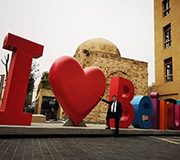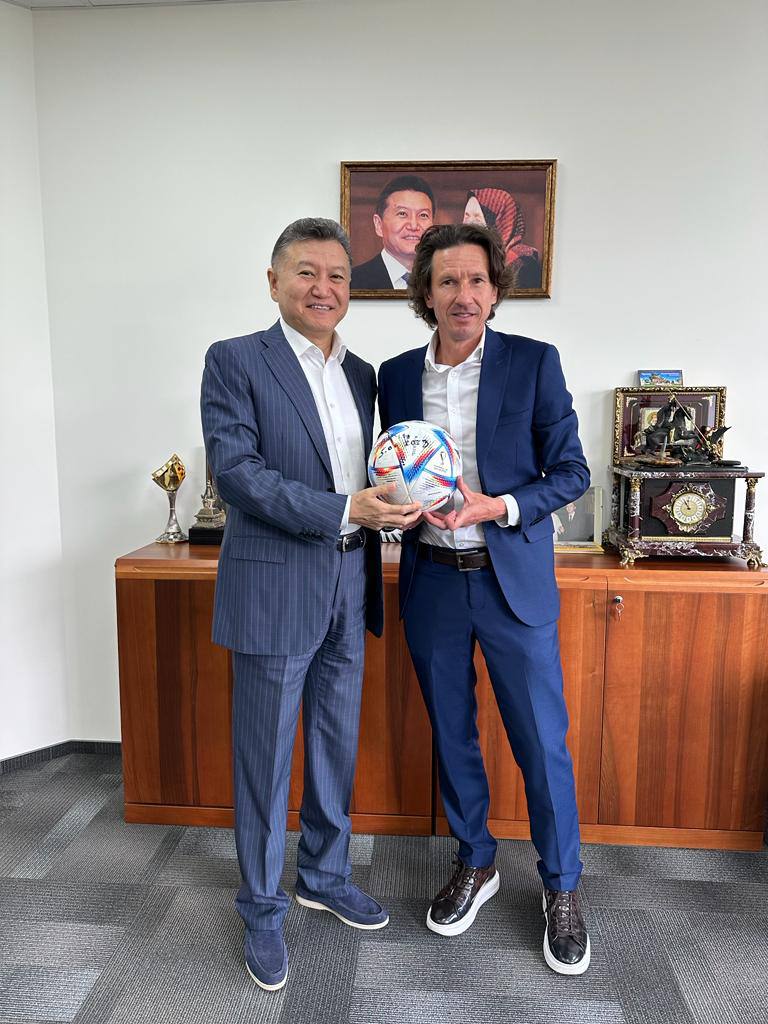From 1993 to 2006, two champions - one according to FIDE, the other according to Kasparov's structures - coexisted in the chess world, and not necessarily peacefully. It took Kirsan Ilyumzhinov, the head of the international federation, a lot of effort and a lot of money to organize a unification match. The first, between Vladimir Kramnik and Veselin Topalov in Elista, was remembered not so much for its chess ideas as for its "toilet" scandal. The Bulgarian grandmaster accused the opponent of receiving tips from the computer during visits to the toilet.
Kramnik is currently the last Russian grandmaster to wear a chess crown. In 2007, he lost a match to Viswanathan Ananda from India. The Norwegian Magnus Carlsen has held the throne for the last eight years. Chess has long been professional, and the question of returning it to the leading positions has already been raised in Russia. After all, in the USSR, chess was the same object of pride as space and ballet.
 Today, the footage of the old newsreel is surprising. During the matches for the title of world chess champion, crowds of people stormed the hall to feel involved in the most intellectual game invented by mankind. An invariable attribute of any park of ‘culture and rest’ was a chess pavilion with boards and chess clocks for hire, and also portraits of world champions. The arenas of chess battles were ‘red corners’ in hot shops and offices of big bosses.
Today, the footage of the old newsreel is surprising. During the matches for the title of world chess champion, crowds of people stormed the hall to feel involved in the most intellectual game invented by mankind. An invariable attribute of any park of ‘culture and rest’ was a chess pavilion with boards and chess clocks for hire, and also portraits of world champions. The arenas of chess battles were ‘red corners’ in hot shops and offices of big bosses.
Challenge matches, not to mention the fights for the title of champion, were commented on television at the most convenient time. Chess was a part of the life of the whole Soviet society.























